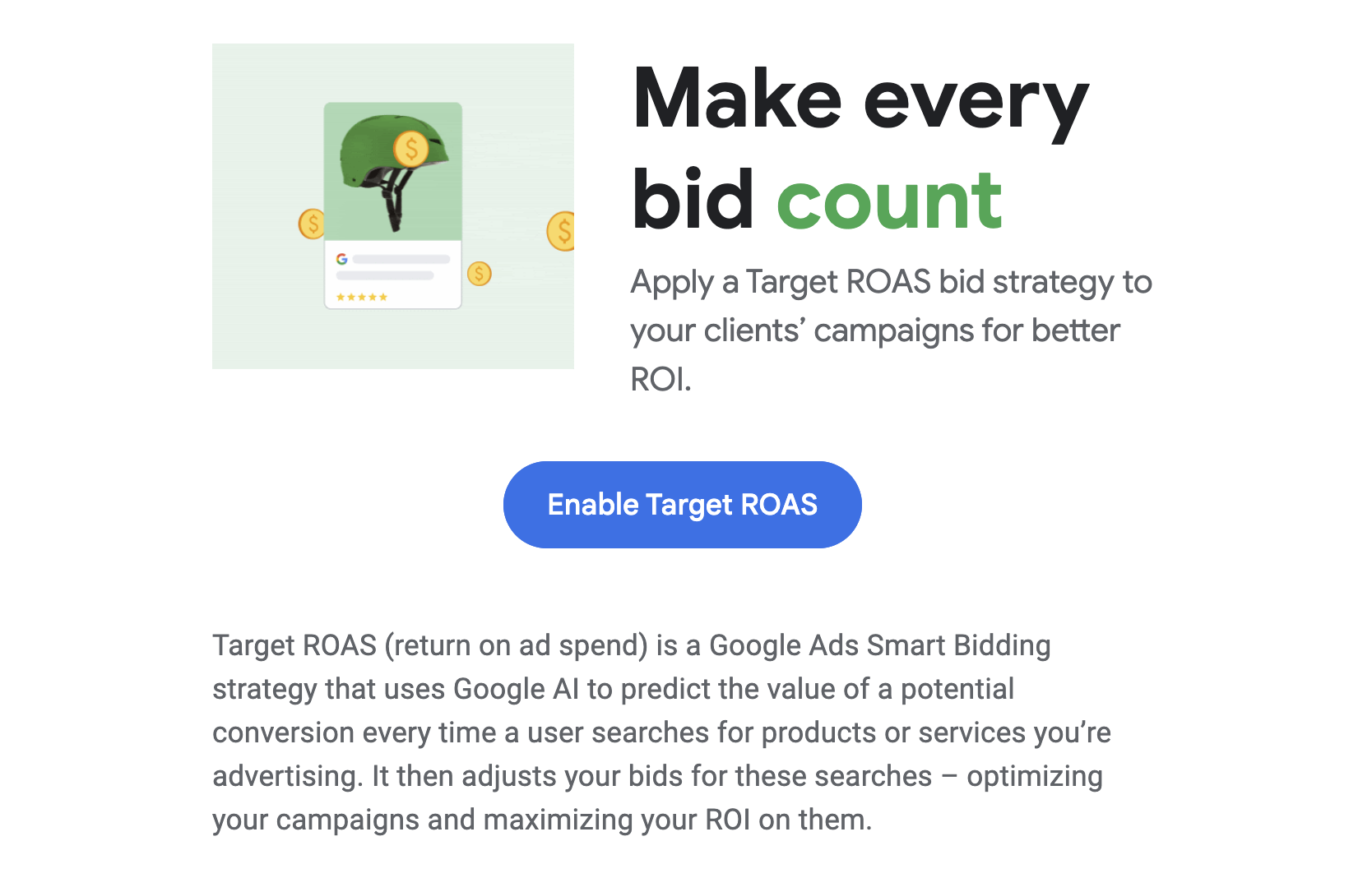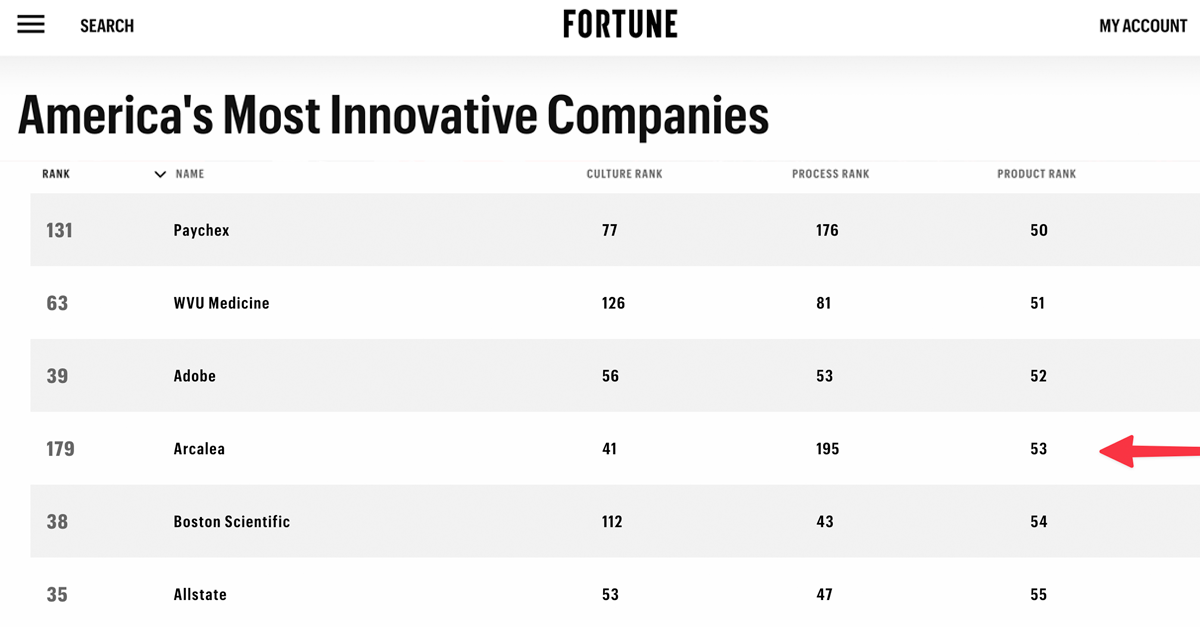Introduction
Overview of Attribution Modeling
Understanding the impact of each marketing touchpoint on consumer behavior and sales outcomes is more crucial than ever. Attribution modeling stands as a pivotal methodology in this quest, providing marketers with the insights needed to determine how various channels contribute to their goals, be it generating leads, conversions, or enhancing brand awareness. This process not only elucidates the effectiveness of individual marketing activities but also guides strategic resource allocation to maximize return on investment (ROI).
Evolution of Marketing Analytics
The journey of marketing analytics from rudimentary metrics to sophisticated attribution models reflects the growing complexity of consumer paths in the digital age. Initially, marketing efforts were often evaluated through simple metrics such as clicks or impressions. However, these early models, typically focusing on the last-click or first-click, offered a limited view of the customer journey. As marketing channels proliferated and customer interactions became more intricate, the need for more nuanced approaches became apparent.
The advent of multi-touch attribution models marked a significant evolution, considering multiple touchpoints in a customer's journey towards a purchase. These models range from simple spread-spectrum approaches, like linear attribution, to more dynamic and data-intensive methods such as time decay and U-shaped models. The latest advancements incorporate machine learning and AI to create data-driven attribution models that adapt to unique business contexts and continuously refine their accuracy.
A crucial development in the field has been the shift from reliance on third-party cookies to first-party data, driven by increasing privacy concerns and regulatory changes. This shift has necessitated more sophisticated tracking technologies and methodologies that respect user privacy while still providing comprehensive insights. Platforms like Galileo represent the forefront of this transformation, employing advanced analytics and cookie-less tracking to deliver a holistic view of the marketing impact without compromising consumer privacy.
In this guide, we explore the nuanced realm of attribution modeling, offering a detailed overview of various models, their applications, and best practices. Whether you're a novice marketer or a seasoned strategist, understanding these models is key to navigating the complexities of today's marketing environments and steering your efforts towards measurable success.
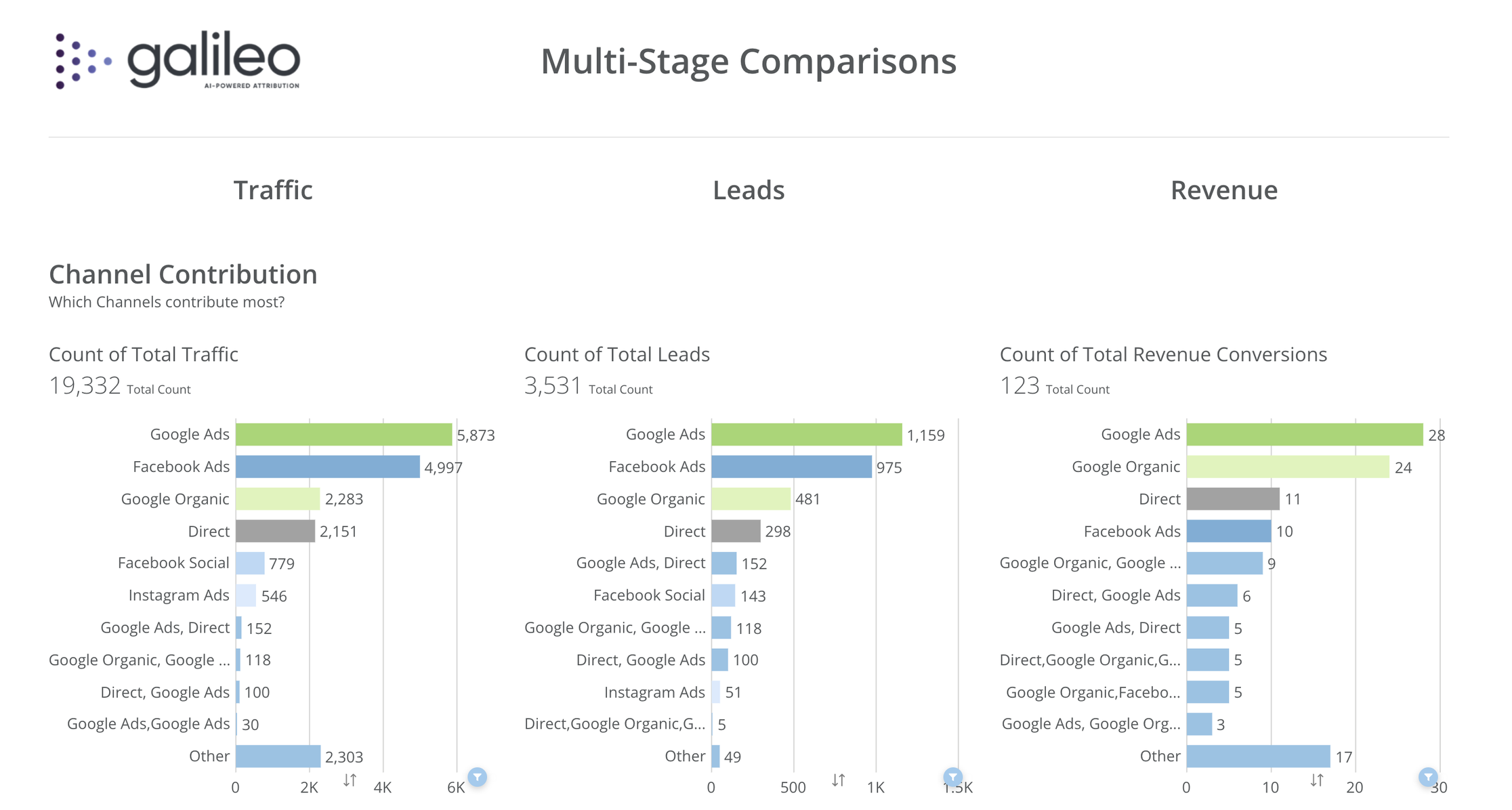
Part I: Fundamentals of Attribution Modeling
What is Attribution Modeling?
Attribution modeling is a framework used by marketers to assess the impact and value of different touchpoints along the customer journey in leading to a desired outcome, such as a purchase or lead generation. It involves tracing and assigning credit to marketing touchpoints that a customer encounters on their path to conversion. The objective is to quantify how each interaction influences the consumer's decision, enabling marketers to optimize their strategies and spend effectively.
Key Terms and Concepts
Touchpoint: Any interaction or exposure a customer has with a brand, whether it be through ads, emails, social media, or direct contact.
Conversion: A successful action completed by a customer, typically defined by goals such as making a purchase, signing up for a newsletter, or downloading a white paper.
Multi-Touch Attribution (MTA): An approach that allocates credit to multiple touchpoints throughout the customer journey, acknowledging that each interaction can influence the decision-making process.
Single-Touch Attribution (STA): A simpler form of attribution that credits a single touchpoint (usually the first or last) for the conversion.
Path Analysis: Examining the sequence of touchpoints that lead to conversion, helping to map out the customer journey.
Importance of Accurate Attribution
Accurate attribution is crucial for several reasons:
Efficient Budget Allocation: By understanding which channels and tactics are most effective, companies can allocate their marketing budgets towards activities that yield the best return, optimizing overall marketing spend.
Improved ROI: With detailed insights into which touchpoints contribute most to conversions, marketers can enhance strategies to improve the overall return on investment.
Strategic Decision-Making: Attribution data supports higher-level strategic decisions, such as channel selection, campaign adjustments, and customer relationship management.
Enhanced Customer Insights: Attribution modeling helps marketers understand customer behavior and preferences better, allowing for more targeted and personalized marketing efforts.
As marketing channels continue to diversify and customer journeys become more complex, the importance of deploying sophisticated attribution models grows. In the next section, we will explore the different types of attribution models and their specific applications, paving the way for a deeper understanding of how to leverage these tools for maximum marketing effectiveness.
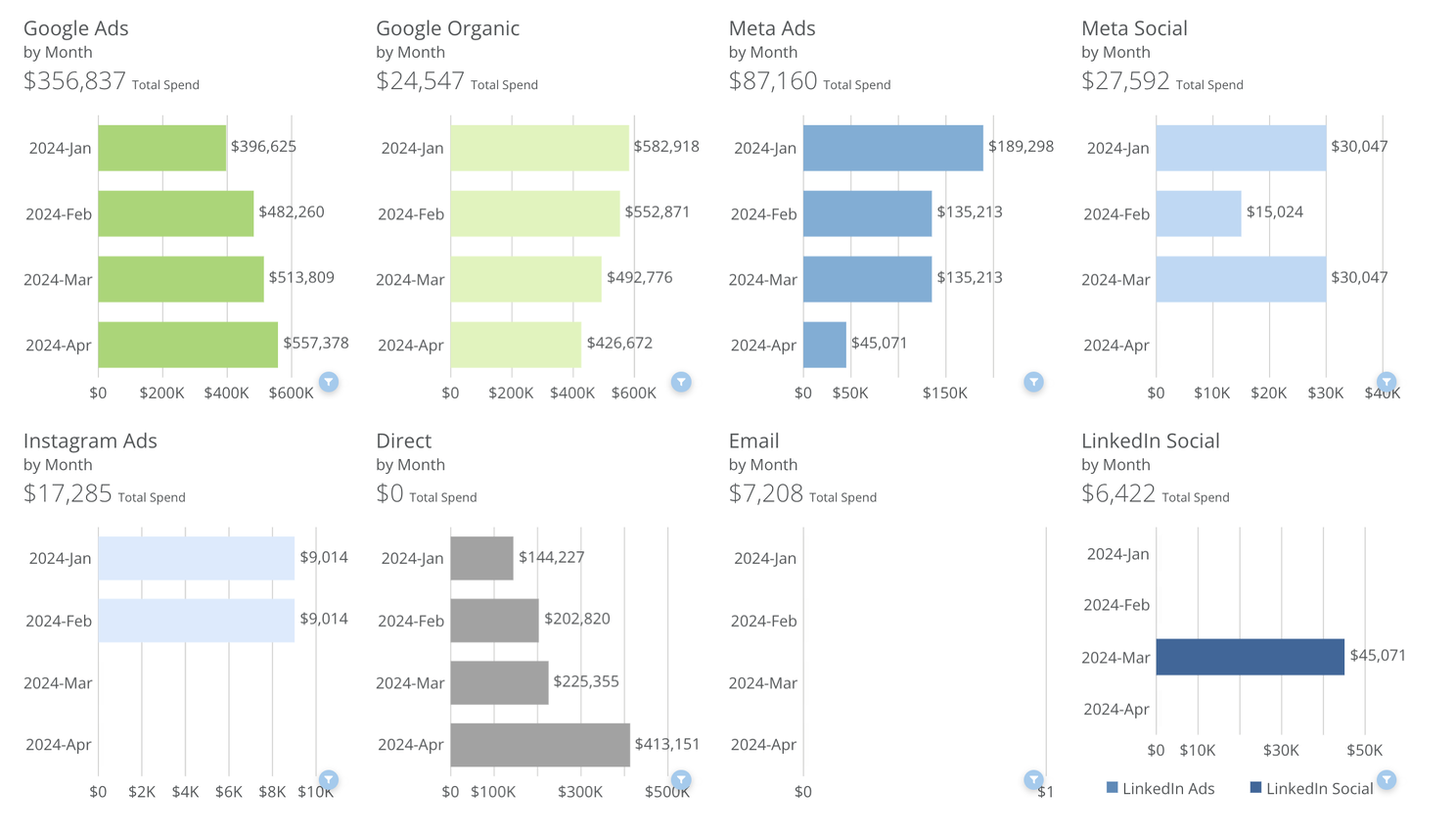
Part II: Types of Attribution Models
Attribution models can be broadly classified into two categories: Single-Touch and Multi-Touch Attribution Models. Each type has its variants and specific use cases, offering different insights into the customer journey and the effectiveness of marketing touchpoints.
Single-Touch Attribution Models
Single-touch models assign all the credit for a conversion to one key interaction. Although less complex, these models can still provide valuable insights, especially in simplified marketing structures.
1. First-Touch Attribution:
- Description: Credits the first marketing touchpoint that a customer encounters.
- Advantages: Useful for understanding which channels are effective at driving awareness.
- Limitations: It doesn’t consider any subsequent interactions that may lead the customer towards a conversion.
2. Last-Touch Attribution:
- Description: Assigns all conversion credit to the last touchpoint before conversion.
- Advantages: Helpful for identifying which channels are best at closing sales and driving conversions.
- Limitations: It ignores the influence of all previous interactions, potentially undervaluing early-stage marketing efforts.
Multi-Touch Attribution Models
Multi-touch models are more sophisticated and provide a more comprehensive view by distributing credit among several touchpoints along the customer journey.
1. Linear Attribution:
- Description: Distributes credit evenly across all touchpoints.
- Advantages: Acknowledges every touchpoint’s contribution, offering a balanced view.
- Limitations: Assumes all interactions are equally influential, which is often not the case.
2. Time Decay Attribution:
- Description: Allocates more credit to touchpoints that occur closer to the time of conversion.
- Advantages: Reflects the increasing importance of interactions as they approach the conversion event.
- Limitations: May still under-appreciate the role of early touchpoints in the overall journey.
3. U-Shaped (Position-Based) Attribution:
- Description: Assigns more credit to the first and last touchpoints, with the remainder distributed among other interactions.
- Advantages: Recognizes the significance of initial engagement and final decision-making interactions.
- Limitations: Can marginalize the influence of mid-funnel touchpoints.
Advanced Attribution Models
For a deeper, data-driven analysis, advanced models that leverage algorithms and machine learning offer dynamic attribution capabilities.
Data-Driven Attribution (Algorithmic):
- Description: Utilizes complex algorithms and machine learning to quantify the actual impact of each touchpoint based on historical data.
- Advantages: Provides the most accurate attribution by analyzing actual user behavior and interactions.
- Limitations: Requires access to large sets of data and sophisticated analytical tools, making it less accessible for some businesses.
Each of these models serves different purposes and suits different marketing strategies and objectives. The choice of an attribution model should be influenced by the specific nuances of the business’s marketing efforts, the complexity of the customer journey, and the level of detail required for the analysis.
In the following section, we will explore how Galileo's advanced attribution capabilities utilize these models, particularly focusing on its unique approach to leveraging first-party data and AI, enabling marketers to achieve a nuanced understanding of their marketing impact.
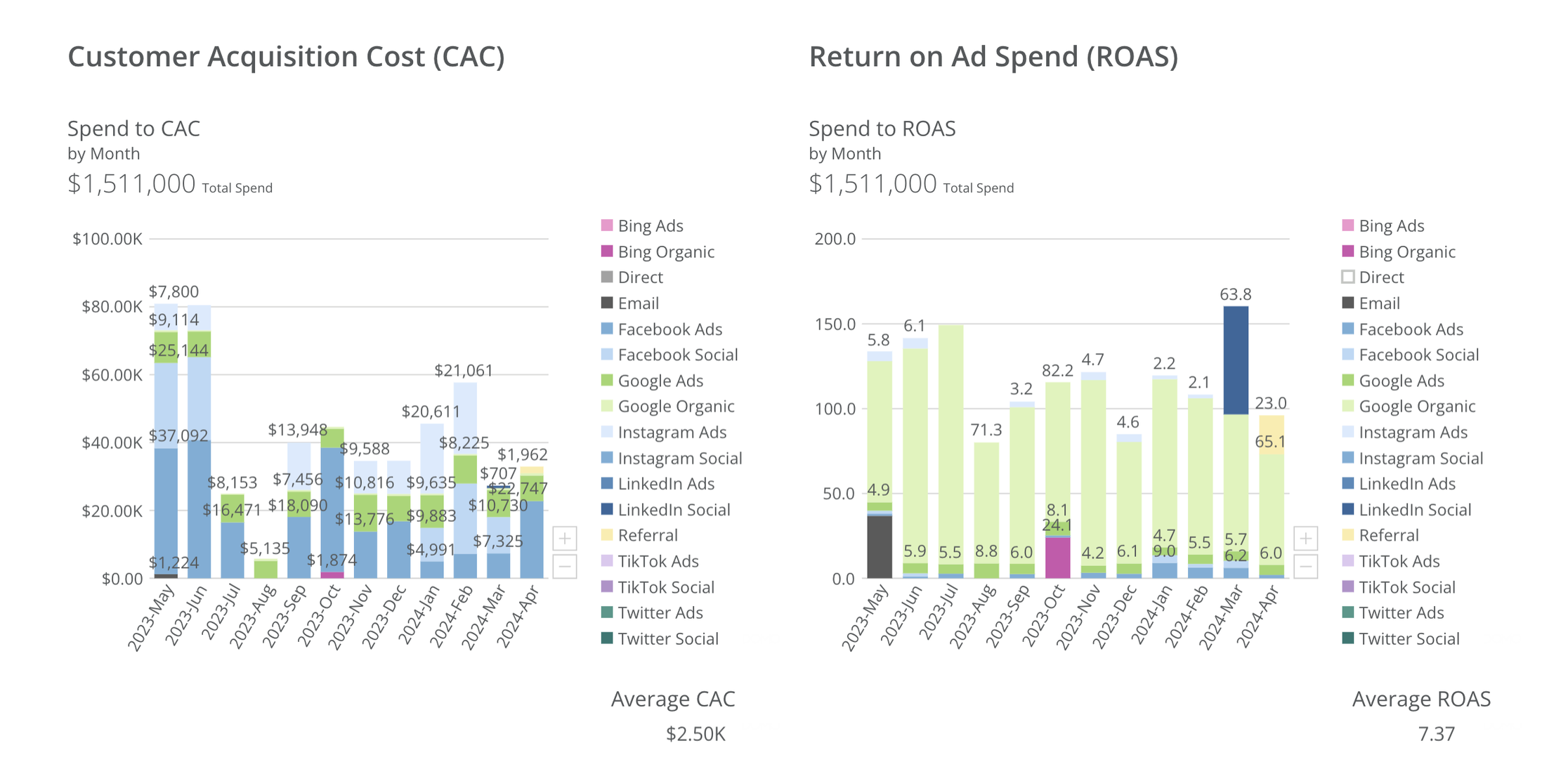
Part III: Galileo's Approach to Attribution
In an era where data privacy concerns and the deprecation of third-party cookies are reshaping digital marketing, Galileo stands out by offering a sophisticated, AI-powered attribution platform that uses first-party data. This section delves into how Galileo's approach not only adheres to modern privacy standards but also enhances the granularity and accuracy of marketing analytics.
First-Party Data and Privacy Compliance
Adapting to a Cookie-less World:
- Overview: Galileo leverages first-party, cookie-less tracking, which allows for the collection of data directly from interactions on a brand's own platforms without relying on third-party cookies.
- Benefits: This method respects user privacy and complies with stringent data protection regulations, ensuring that marketers can continue to gather essential insights in a privacy-focused world.
Comprehensive Data Integration:
- Galileo's system integrates seamlessly with CRM and other data sources, providing a holistic view of the customer journey across all touchpoints and channels. This integration enables a more complete and accurate analysis, capturing every interaction in a user's path to conversion.
Machine Learning and AI in Attribution
Advanced Predictive Analytics:
- Utilization of AI: Galileo employs machine learning algorithms to analyze vast amounts of data, identifying patterns and predicting future behavior based on historical interactions.
- Outcome: These predictive capabilities enable marketers to anticipate customer needs and preferences, tailoring strategies to increase effectiveness and customer satisfaction.
Dynamic Attribution Modeling:
- Adaptability: Unlike static models, Galileo’s AI-driven system continuously learns and adjusts the attribution model based on new data, improving accuracy over time.
- Customization: Each client’s unique business goals and marketing strategies are considered, allowing for customized attribution models that reflect actual business dynamics and customer interactions.
Customizable and Flexible Attribution
Model Flexibility:
- Tailored Solutions: Galileo offers a range of attribution models from simple first-touch and last-touch models to more complex multi-touch and algorithmic models, all of which can be customized based on the specific needs of each marketer.
- Interactive Adjustments: Marketers can adjust model parameters in real-time, experimenting with different attribution scenarios to see how changes might affect their marketing ROI.
Actionable Insights and Decision-Making:
- Real-Time Reporting: Galileo provides dashboards and visualizations that offer immediate insights into marketing performance, allowing teams to make informed decisions quickly.
- Strategic Impact: The insights gained from Galileo’s attribution modeling enable marketers to optimize campaigns, shift budgets to higher-performing channels, and enhance overall marketing strategies.
Galileo’s approach to attribution modeling represents a significant advancement in the ability to accurately measure and optimize marketing efforts. By combining robust first-party data collection, AI-enhanced predictive analytics, and flexible, customizable models, Galileo provides marketers with powerful tools to drive growth and adapt to the changing landscape of digital marketing.
In the next section, we will explore practical strategies for implementing attribution modeling into marketing campaigns, using Galileo to illustrate how to effectively set up, analyze, and interpret attribution data to maximize marketing outcomes.
Part IV: Implementing Attribution in Marketing Strategies
Implementing effective attribution models is essential for marketers who want to understand the true impact of their campaigns across various channels. This section provides a detailed guide on setting up and using advanced attribution systems like Galileo to refine marketing strategies and improve overall campaign performance.
Data Collection and Integration
Accurate and Comprehensive Data Gathering:
- Foundational Step: Begin with the establishment of robust data collection frameworks that ensure all relevant customer interactions are captured. This includes setting up tracking on all digital assets, such as websites, mobile apps, and social media platforms.
- Technological Integration: Use APIs to integrate Galileo with existing CRM systems, email marketing platforms, and other digital marketing tools to pull in data from various sources, ensuring a unified view of customer behaviors and interactions.
Overcoming Data Fragmentation:
- Unified Data Platform: Galileo acts as a central repository for all marketing data, which helps in overcoming the challenge of data silos. This unified approach allows for more accurate attribution and deeper insights into the customer journey.
- Consistent Data Format: Standardize data collection and formatting across all channels to ensure compatibility and accuracy in reporting and analysis.
Setting Up Attribution Models with Galileo
Implementing effective attribution with Galileo leverages advanced machine learning algorithms that dynamically identify the most impactful combinations of variables to maximize revenue. This approach moves beyond traditional fixed models to a more fluid and responsive system that adapts based on real-time data insights.
Leveraging Machine Learning for Dynamic Attribution
Data-Driven Model Selection:
- Objective-Driven Analysis: Instead of manually selecting a model, Galileo's machine learning algorithms analyze historical data to determine which attribution approach best aligns with your specific marketing objectives. Whether the goal is to optimize initial engagement or to enhance conversion at later stages, the system identifies patterns that highlight effective strategies.
- Initial Setup: Deploy Galileo’s machine learning-driven attribution by integrating it with your existing marketing data systems. This setup includes mapping out all customer touchpoints and ensuring data feeds are accurately captured and processed.
By utilizing Galileo's advanced machine learning capabilities for setting up attribution models, marketers can ensure that their approach to measuring and optimizing marketing efforts is as dynamic and data-driven as the markets they operate in. This not only leads to better strategic decisions but also enhances the overall ROI of marketing investments.
Analyzing and Interpreting Attribution Data
Using Galileo for In-depth Analysis:
- Dashboard Utilization: Engage with Galileo’s interactive dashboards to understand the paths customers take, from first interaction to conversion. This helps marketers understand which channels and touchpoints are performing well.
- Segmentation and Drill-Down: Break down the data by various behaviors and channels to identify trends and patterns that can inform more targeted marketing strategies.
Optimizing Marketing Spend:
- Resource Allocation: Based on insights derived from Galileo, reallocate marketing budgets to invest more in high-performing channels and reduce spend in underperforming areas.
- Strategy Adjustment: Continuously refine marketing messages and campaigns based on what the data shows about customer preferences and behaviors, striving for higher personalization and engagement.
In this complex digital ecosystem, having a precise understanding of what drives customer actions is paramount. The tools and strategies discussed here not only facilitate a deeper understanding of the marketing impact across multiple touchpoints but also empower marketers to make informed, data-driven decisions that enhance campaign effectiveness and business outcomes. In the following section, we will delve into advanced topics and future trends in attribution modeling, highlighting how marketers can stay ahead in a rapidly evolving landscape.
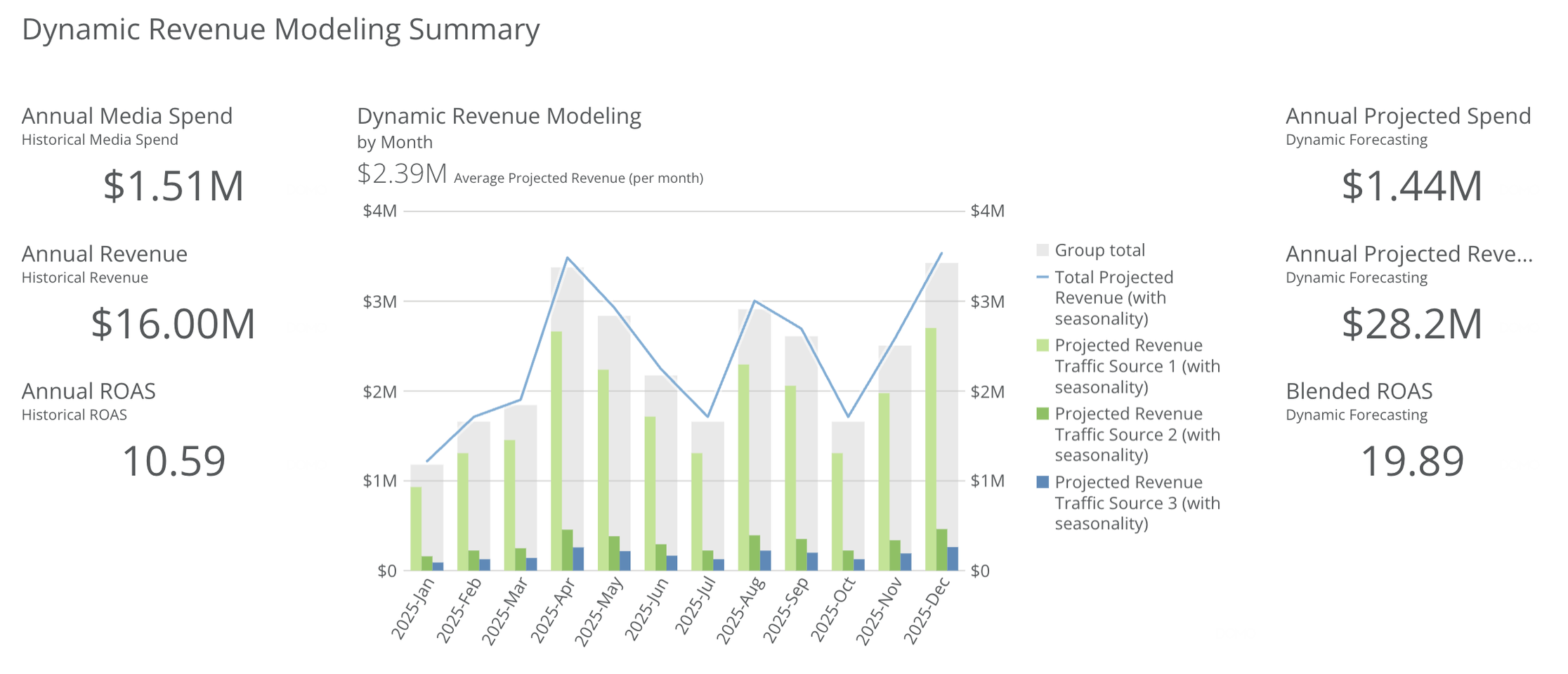
Part V: Advanced Topics and Future Trends in Attribution Modeling
Cross-Channel and Offline Attribution:
- Integration of Offline Data: Advanced attribution models are increasingly incorporating offline interactions, such as in-store visits and phone calls, into their analysis. This holistic approach provides a more comprehensive view of the customer journey, bridging the gap between online and offline worlds.
- Unified Customer Profiles: Utilizing tools like Galileo, marketers can create unified profiles that track customer interactions across all touchpoints, enabling a seamless attribution of both digital and physical engagements.
Predictive Analytics and Its Role:
- Forecasting Future Trends: With the integration of machine learning, attribution models like those provided by Galileo can predict future customer behaviors based on past interactions. This predictive capability allows marketers to proactively adjust their strategies to optimize outcomes.
- Enhanced Customer Insights: By predicting potential future paths and outcomes, marketers can better personalize their approaches to meet anticipated needs, increasing the effectiveness of their campaigns by culling waste and reallocating toward the highest ROAS spends.
Emerging Technologies Enhancing Attribution
Artificial Intelligence and Real-Time Attribution:
- Dynamic Attribution Models: AI technologies enable the creation of dynamic attribution models that adjust in real-time based on ongoing customer interactions. This real-time processing leads to more accurate and timely insights, allowing for quicker strategic adjustments.
- Automated Optimization: AI can also automate the process of reallocating marketing spend across channels, ensuring that budgets are always optimized for the best possible ROI based on the latest data.
Blockchain for Transparent Attribution:
- Decentralized Data Management: The adoption of blockchain technology in attribution modeling can enhance transparency and trust by providing an immutable record of customer interactions and attributions.
- Enhanced Data Security: Blockchain's secure nature ensures that customer data is protected, which is increasingly important as privacy regulations become more stringent.
Future Outlook
Regulatory Impact on Attribution Modeling:
- Privacy-First Analytics: As privacy laws such as GDPR and CCPA shape data collection practices, attribution models must adapt to rely more on first-party data and less on traditional tracking methods.
- Consent-Based Tracking: Future models will likely need to incorporate mechanisms for managing and respecting user consents, influencing how data is collected and used for marketing attribution.
Continual Adaptation and Innovation:
- Responsive Models: Attribution tools will need to continue evolving to address the changing dynamics of consumer behavior and technological advancements.
- Integration with Other Marketing Technologies: Seamless integration with other marketing tech stacks, such as CRM systems and marketing automation tools, will be critical to provide a unified view of marketing effectiveness.
By understanding these advanced topics and preparing for future trends, marketers can not only keep their strategies relevant but also gain a competitive edge in the increasingly complex digital marketplace.
Conclusion
It's clear that the ability to accurately measure and understand the impact of each marketing touchpoint across the customer journey is not just advantageous—it's essential for modern marketing success. This journey through the fundamentals, advanced practices, and future perspectives of attribution modeling underscores the importance of adopting sophisticated tools and approaches to stay competitive in a rapidly evolving digital landscape.
Recap of Key Benefits
- Enhanced Understanding of Marketing Impact: Advanced attribution models, particularly those powered by AI and machine learning like Galileo, provide deep insights into which marketing actions truly drive conversions and how different touchpoints contribute to the customer journey.
- Optimized Budget Allocation: With precise attribution models, businesses can allocate their marketing budgets more effectively, focusing spending on the most impactful channels and tactics to maximize ROI.
- Improved Marketing Strategy: Attribution modeling offers actionable insights that help marketers refine their strategies, personalize customer interactions, and enhance overall campaign performance.
Strategic Importance
The strategic importance of attribution modeling in marketing cannot be overstated. In an era where digital touchpoints are multiplying and consumer paths are becoming more complex, the ability to discern the real contributions of each interaction towards business outcomes is crucial. This not only ensures more efficient use of marketing budgets but also enhances the relevance and effectiveness of marketing efforts.
Implementation Considerations
To implement attribution modeling successfully, businesses must ensure:
- Robust Data Collection: Comprehensive and accurate data collection is foundational. Marketers should leverage first-party data wherever possible, ensuring compliance with privacy regulations.
- Choice of the Right Model: Selecting the appropriate model based on the business's specific needs and the complexities of customer interactions is critical. Flexibility to customize and adapt models as needed is also vital.
- Continuous Learning and Adaptation: The marketing environment is continuously changing. Regularly revisiting and refining attribution models is necessary to keep them relevant and effective.
Action and Future Outlook
For businesses looking to leverage advanced analytics and maximize the efficiency of their marketing investments, investing in sophisticated attribution tools like Galileo is not merely an option but a necessity. Marketers are encouraged to evaluate their current strategies, integrate advanced attribution models, and continuously adapt to insights gained from real-time data analysis.
As marketing technologies evolve and integrate more deeply with AI and machine learning, the potential for attribution models will continue to expand. Businesses that embrace these advancements, continuously innovate their approaches, and adapt to market changes will thrive.
In conclusion, while the challenges of implementing sophisticated attribution models are non-trivial, the benefits they offer in driving marketing success and business growth are undeniable. By embracing these advanced practices, businesses can not only enhance their understanding of marketing effectiveness but also achieve greater success in their marketplace.
Need Transparent Full-Path Attribution?
Arcalea's Galileo activates marketing data across any marketing mix, with individual and aggregate views. Get transparent intel on conversion sources, optimize buyer paths, and rebalance spends.





